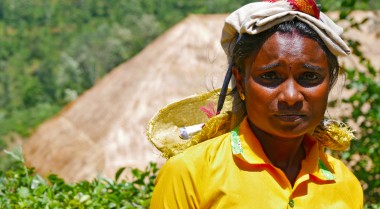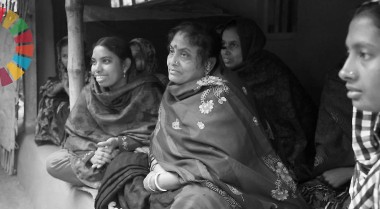
Gender (In)Equality – SDG 5 plus in South Asia
The gender gap in South Asia is one of the worst in the world, second only to the MENA region. Whilst the Sustainable Development Goals (SDGs) offer an excellent framework to power gender equality in the region, South Asia is yet to come on track to achieve gender equality by 2030. COVID-19 has exacerbated pre-existing challenges and created new impediments to achieving gender equality in the region, such as increasing poverty and severely impacting education.
The recent report conducted by Women in Security, Conflict Management and Peace (WISCOMP) entitled “POLICY BRIEF | Gender (In)Equality – SDG 5 plus in South Asia” focuses on the status of SDG5 in South Asia and serves to inform the peacebuilding and development community of SDG5 progress in the region whilst also highlighting its links to other SDGs.
There are some critical changes that can help South Asia get on track to achieving gender equality. The report recommends the following:
- South Asian governments need to go beyond globally suggested targets and adopt context-specific additional indicators for crime and violence against women as most countries have limited their indicators to globally suggested targets.
- Governments need to develop additional gender-specific indicators for all SDG relevant goals and targets, such as SDG16. Asian governments should utilise civil society experts to help mainstream gender in all relevant targets and goals as well as develop these gender-specific indicators.
- South Asian governments must locate the SDG implementation at sub-national and local levels as much as possible to reflect local realities and make it an all of society effort, moving from an “all of government” engagement to a “whole of society” approach.
- The South Asian Association for Regional Cooperation (SAARC) should actively engage with its member states on SDGs, share good practices, and forge regional partnerships in fast-tracking Agenda 2030 in the region.

